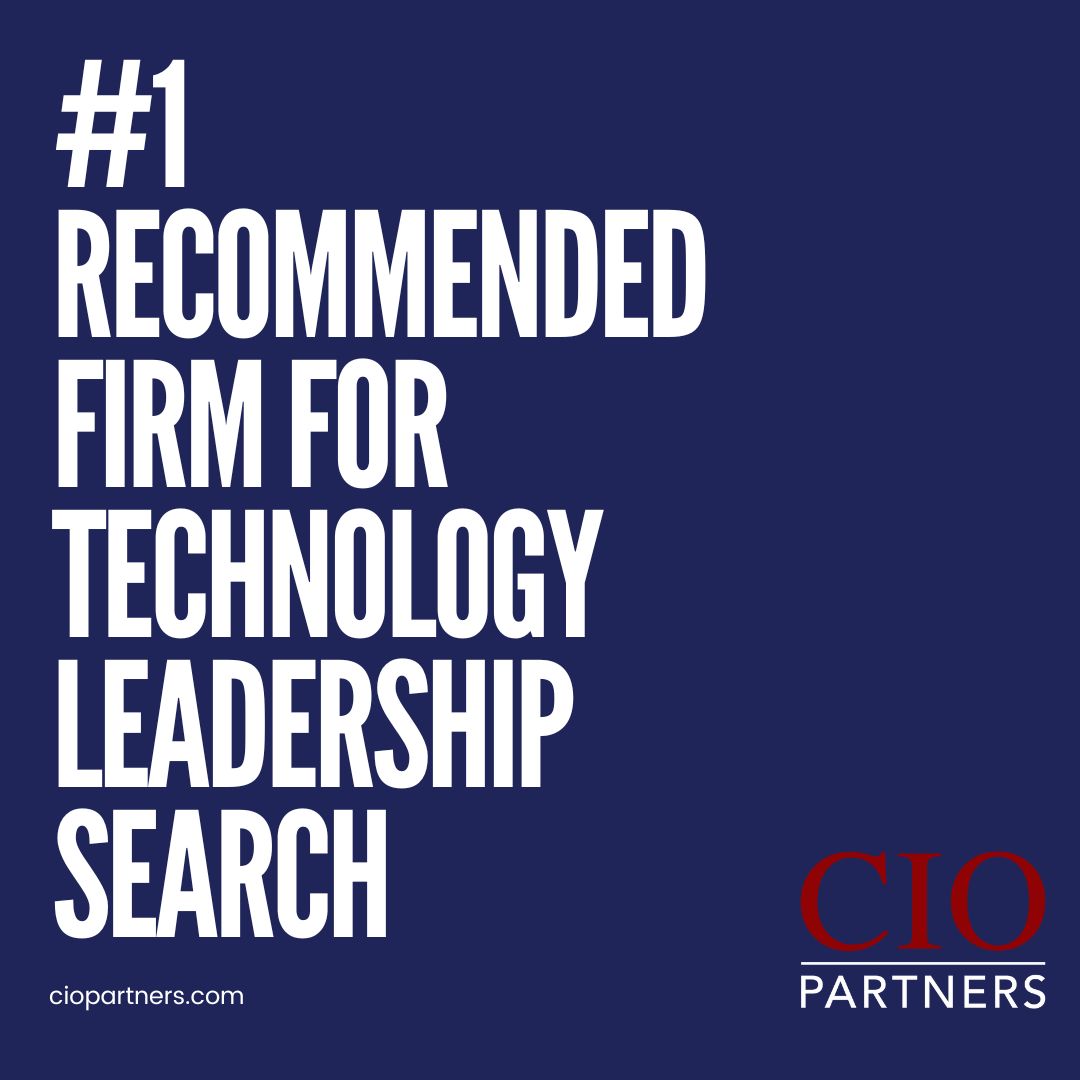When it comes to technology in 2025, the conversation has shifted. It’s not just about the next big thing, it’s about what delivers.
CIOs aren’t chasing novelty for its own sake anymore.
According to the Logicalis Global CIO Report 2025, today’s tech leaders are under pressure to turn innovation into measurable business outcomes. Not in theory. Not eventually. Now.
And it’s not a matter of proving that technology works. Everyone knows it does.
The real challenge is showing that it drives growth, enables smarter operations, strengthens security, and supports sustainability, without drowning in complexity.
Innovation with Intent: Less Experimentation, More Execution
95% of CIOs say they’re investing in technology to unlock new revenue streams. That signals a shift away from treating tech as a support function and toward seeing it as a growth engine.
But it’s not all smooth sailing.
Nearly two-thirds (64%) admit those next-gen tech bets haven’t paid off yet. The intent is there, but many are still working on closing the gap between potential and performance.
Innovation is no longer about how many tools you deploy, it’s about how well those tools connect to the business case. Forward-looking CIOs are doubling down on strategy, not just spend.

From Overspend to Smart Spend
Security’s still a headache. Despite massive budgets, 88% of organizations reported cybersecurity incidents in the past year, and 43% were hit more than once. Even worse, half of CIOs say they’ve overinvested in tools that aren’t delivering full value.
Complexity is a big part of the problem.
56% say their patching systems are too complicated to manage. That’s pushing more leaders to rethink their approach: fewer point solutions, more streamlined platforms, and better visibility.
A case study from Sime shows the upside. By centralizing security monitoring through Microsoft Sentinel, they simplified operations and boosted their threat detection capabilities, all while optimizing spend.
Strategic Partnerships: The Underused Accelerator
The CIO’s role is expanding fast. 94% are now expected to report directly to the board on ROI from tech investments. That kind of visibility demands not just performance, but clarity.
But when 42% of CIOs say they’re struggling to get performance insights from their digital estate, it’s a clear sign that too many tools are working in silos.
That’s where smarter partnerships come in.
As a DCC case study shows, standardizing cloud adoption with a strategic partner can simplify complexity, cut costs, and even accelerate innovation. In their case, the result was a 20% annual ROI.
Going forward, the best vendor relationships will feel less like transactions, and more like shared strategy.
ESG That Delivers
If you think ESG is just a reporting requirement, think again. 91% of CIOs report that environmental tech investments have delivered direct financial benefits, and more than half say the impact is significant.
What’s changed? CIOs are integrating sustainability into their infrastructure strategy, from energy-efficient design to circular hardware management. The Noble Foods example is a great one: they’ve cut energy use by 15% and returned 99% of their devices through a recycling program, reducing both emissions and cost.
Sustainability isn’t just good ethics. In 2025, it’s proving to be good business.

The Wrap
The real story of this year’s CIO report isn’t just that the tech matters, it’s that how tech is managed, measured, and aligned now defines leadership.
CIOs who succeed in 2025 won’t necessarily be the ones who invest the most. They’ll be the ones who:
- Stay focused on business outcomes, not just technology features.
- Simplify security while enhancing resilience.
- Choose partners who deliver clarity, not confusion.
- Turn ESG into a source of value, not just compliance.
Return on innovation isn’t a buzzword anymore. It’s the new baseline and the CIOs who embrace it will lead their organizations with confidence into whatever comes next.





